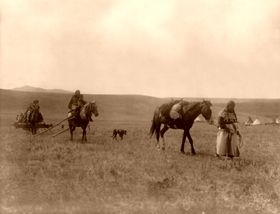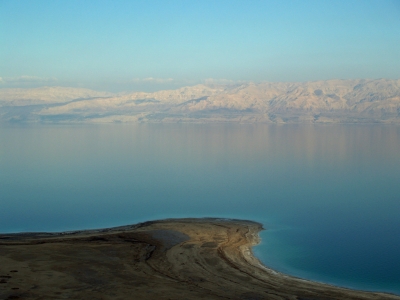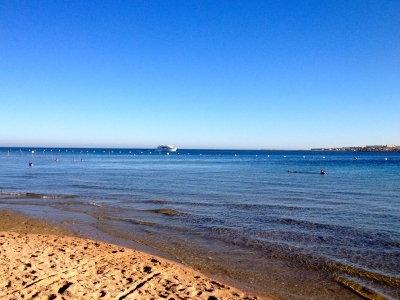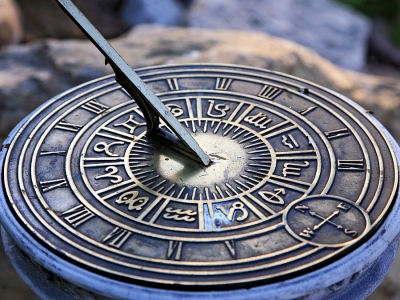How did a ship get stuck in the Suez Canal, and what happened afterward?
On March 23, 2021, a mega container ship Ever Given got stuck diagonally across the narrow Suez Canal in Egypt amid high winds, blocking trade for six days. The stranded 400-metre-long and 200,000-tonne cargo ship led to the hold up of trade worth $9.6 billion, affecting countless businesses and supply chains globally. Over 300 ships carrying tonnes of cargo got stranded on either side of the canal, which connects the Mediterranean Sea to the Red Sea and provides the shortest sea link between Asia and Europe. According to reports, about 15% of global trade passes through the canal. Ever Given, operated by Taiwanese transport company Evergreen Marine, was finally freed on March 29 with the help of over a dozen tugboats. The 25-member crew on board the ship were all Indians.
The Ever Given was stuck near the Egyptian city of Suez, about 3.7 miles north of the canal's southern entrance. It was in a single-lane section of the canal, about 985 feet wide.
Its owners originally said high winds in a sandstorm pushed the ship sideways, wedging it into both banks of the waterway. Containers stacked on deck may have acted as a sail.
However, the chairman of Egypt's Suez Canal Authority said Saturday, without giving details, that weather conditions "were not the main reasons" for the grounding, and that "there may have been technical or human reasons," the BBC reported. An investigation is ongoing.
At least 360 ships, carrying everything from cars to oil to grain, wait at the canal’s northern and southern entrances. The AP said an analysis by data firm Refinitiv showed an additional 300 ships were en route to the canal over the next two weeks. Some ships have already diverted to the African route.
CNN said the U.S. Navy offered dredging experts to assist.
Authorities originally disagree on how long the canal will be blocked. The ship’s owner, Shoei Kisen, said its goal was to free the vessel by the night of March 27.
At least 360 ships, carrying everything from cars to oil to grain, wait at the canal’s northern and southern entrances. The AP said an analysis by data firm Refinitiv showed an additional 300 ships were en route to the canal over the next two weeks. Some ships have already diverted to the African route.
CNN said the U.S. Navy offered dredging experts to assist.
Authorities originally disagree on how long the canal will be blocked. The ship’s owner, Shoei Kisen, said its goal was to free the vessel by the night of March 27.
The canal is a 120-mile-long shipping link between the Mediterranean and Red seas that carries 10% to 12% of commercial shipping and about 2.5% of the world’s oil. A German insurer said delays could cost global trade $6 billion to $10 billion a week, Reuters reported.
USA TODAY said the blockage could worsen shipping delays and cause shortages of toilet paper, coffee and other goods.
GlobalSecurity.org calls the canal “strategically and economically one of the most important waterways in the world.”
Credit : USA Today
Picture Credit : Google











